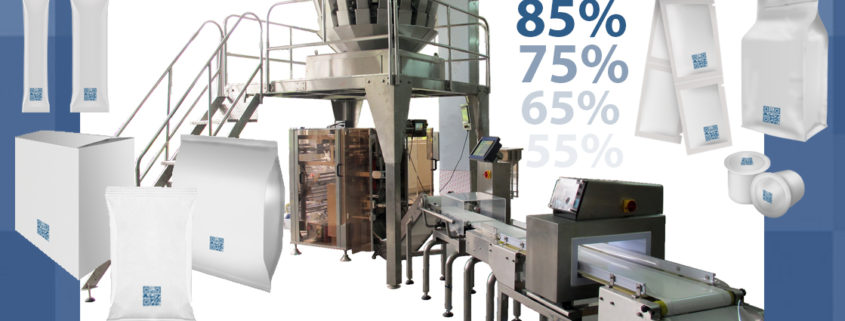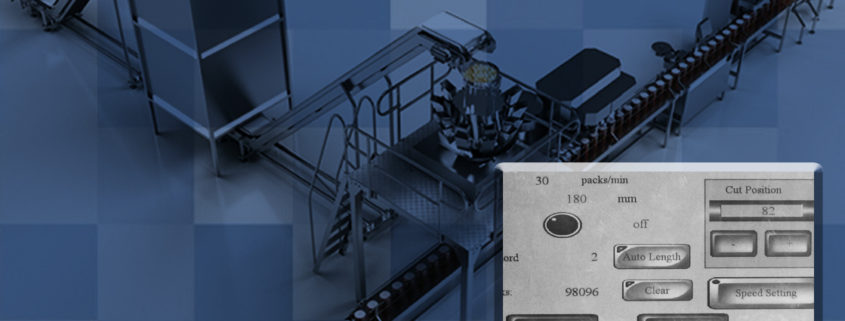The importance of knowing what your OEE is!
Overall Equipment Effectiveness (OEE) Part 4 of 4 Part Blog
Now that you know how to calculate OEE, what do you do with it? How is it useful? What is a good number?
Knowing your OEE helps you understand your manufacturing health, know when to take on additional orders, when to make new equipment acquisitions, and when not to.
Once you have started the daily process of calculating and tracking your Overall Equipment Effectiveness, addressing manufacturing problems early becomes straightforward. Being able to break your OEE calculation back down to its three basic components, Availability, Productivity, and Quality, tells you exactly where the problem is.
When it comes to taking on additional orders, knowing your OEE is critical. If you have an OEE of 85% or higher, congratulations, unfortunately you are most likely at the capacity of your equipment. Knowing your OEE in this case should help you justify new equipment and calculate its ROI. Now, if your OEE is low, that’s not necessarily a bad thing, if a low Availability number is the cause. If Productivity or Quality are the cause of your low OEE, then maybe unreliable or worn-out equipment should be replaced.
What is a good OEE? The common thought is that world-class OEE is anything above 85%. If you have an OEE of 85% that is fantastic, congratulations are in order. Keep in mind you still have a 15% loss. The benchmark of 85% is just that, a benchmark. Good OEE is up to the manufacturing facility to determine for itself.
At FASTechnology Group we understand what it takes to get good product out, efficiently. Together we can erase benchmarks, establishing new ones. Let our +30 years of packaging experience help you improve your OEE
Here is a Link to Part One “What is OEE and How Can It Be measured?”


